Physical Description:
Sabudana typically comes in the form of small, round pearls or larger tapioca pearls. These pearls are translucent when raw but turn translucent and gelatinous when cooked. They have a smooth, shiny surface and a soft, chewy texture when properly prepared.
Preparation:
Before cooking, sabudana needs to be soaked in water to soften it. This process allows the pearls to absorb water and swell, becoming soft and plump. The soaking time can vary depending on the size of the pearls, but it’s usually around 4-6 hours or overnight. Once soaked, the sabudana is drained and can be used in various dishes.
Cooking Uses:
Sabudana is incredibly versatile and can be used in both sweet and savory dishes. Some popular preparations include:
• Sabudana Khichdi: A savory dish made by sautéing soaked sabudana with spices like cumin, chili, and curry leaves, along with vegetables like potatoes, peanuts, and green peas.
• Sabudana Kheer: A sweet pudding made by boiling soaked sabudana with milk, sugar, and sometimes flavored with cardamom, saffron, or rose water.
• Sabudana Vada: Deep-fried fritters made from a mixture of soaked sabudana, mashed potatoes, peanuts, and spices. They’re crispy on the outside and soft on the inside, often served with chutney or yogurt.
• Sabudana Papad: Thin, crispy wafers made from sabudana flour. The flour is mixed with water and spices, spread thinly, and sun-dried to form papads that can be fried or roasted before serving.
Nutritional Profile:
Sabudana is mainly composed of carbohydrates and is low in fat and protein. It’s a good source of energy and is often consumed during fasting periods to provide quick energy. However, it lacks significant amounts of vitamins and minerals, so it’s usually not considered a nutrient-dense food.

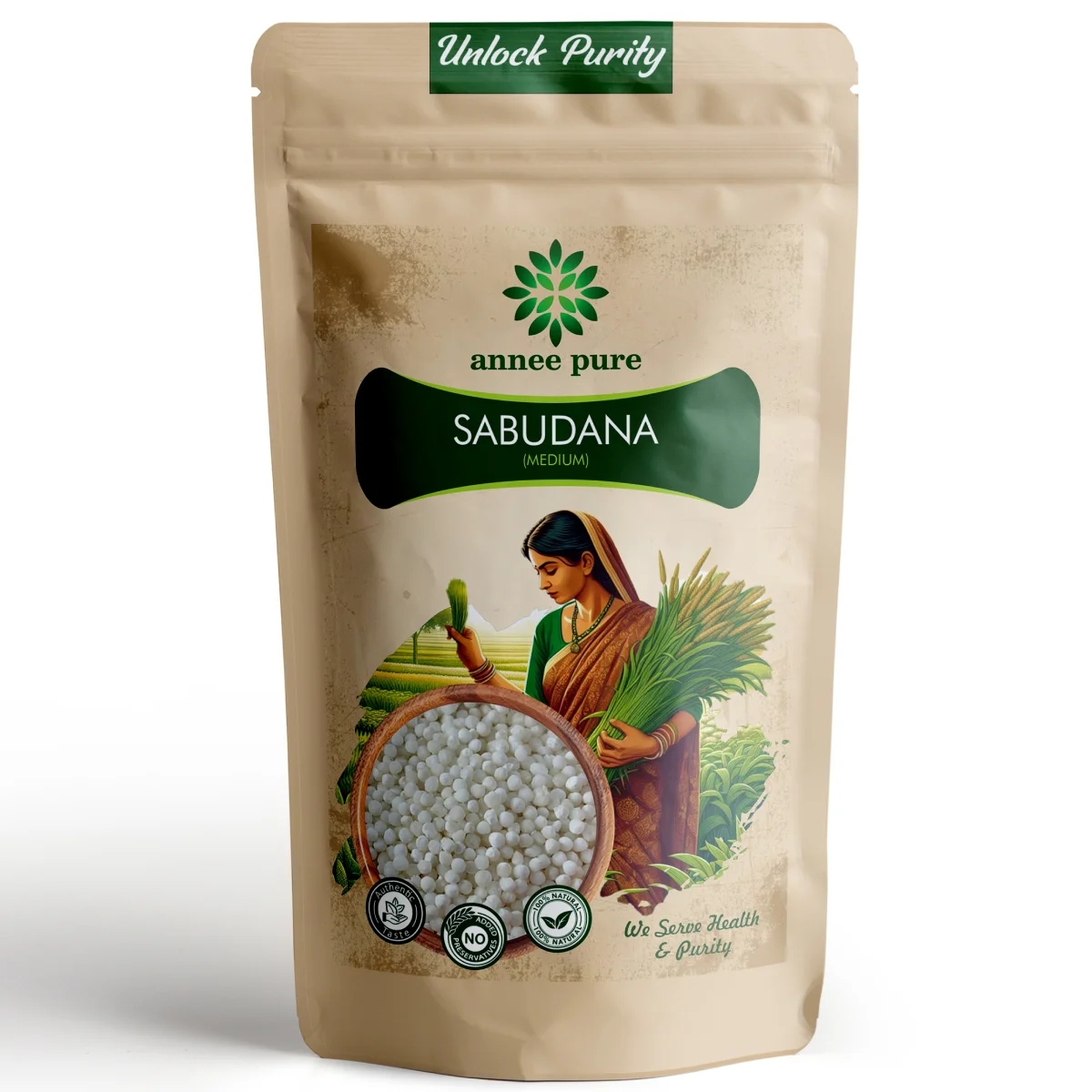
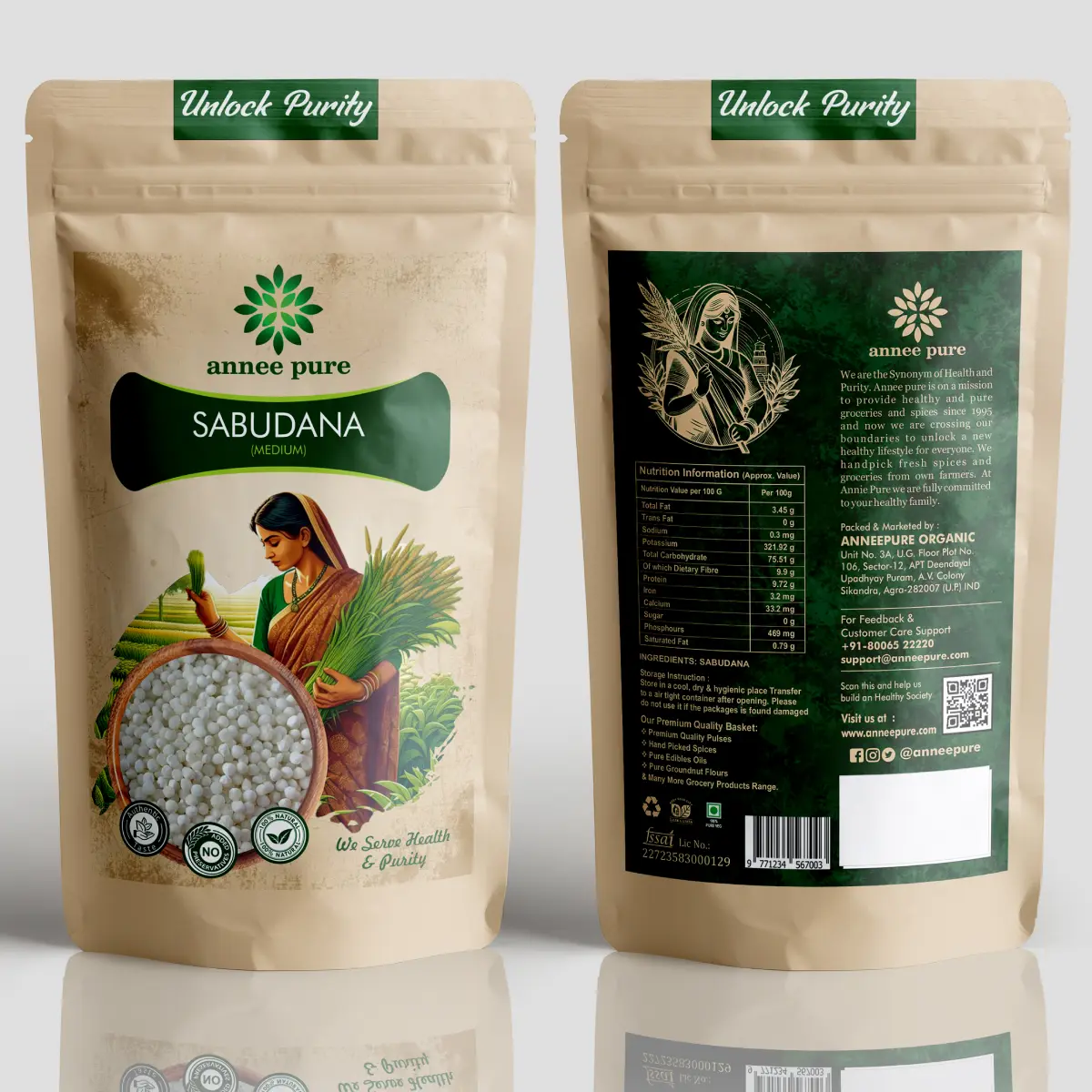



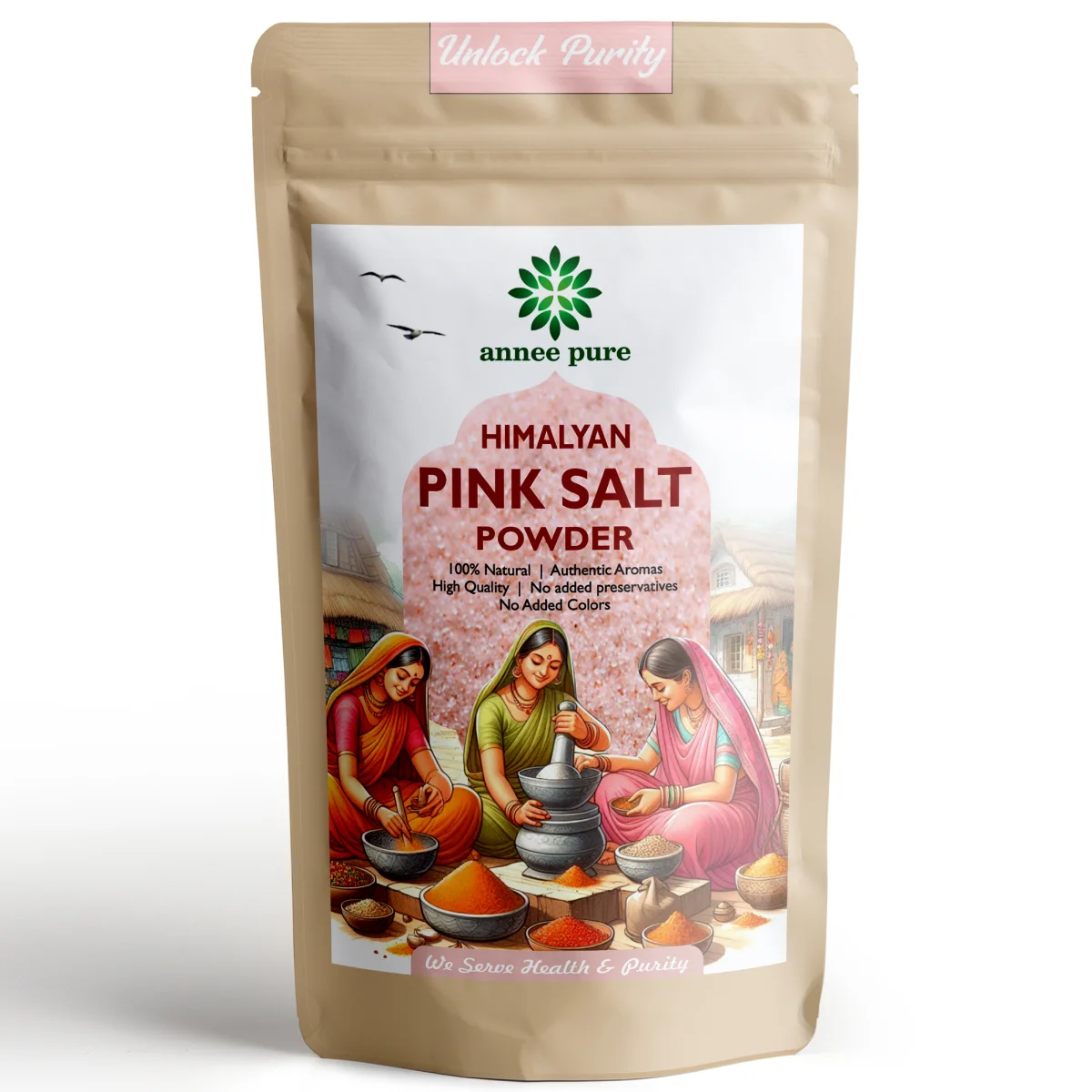


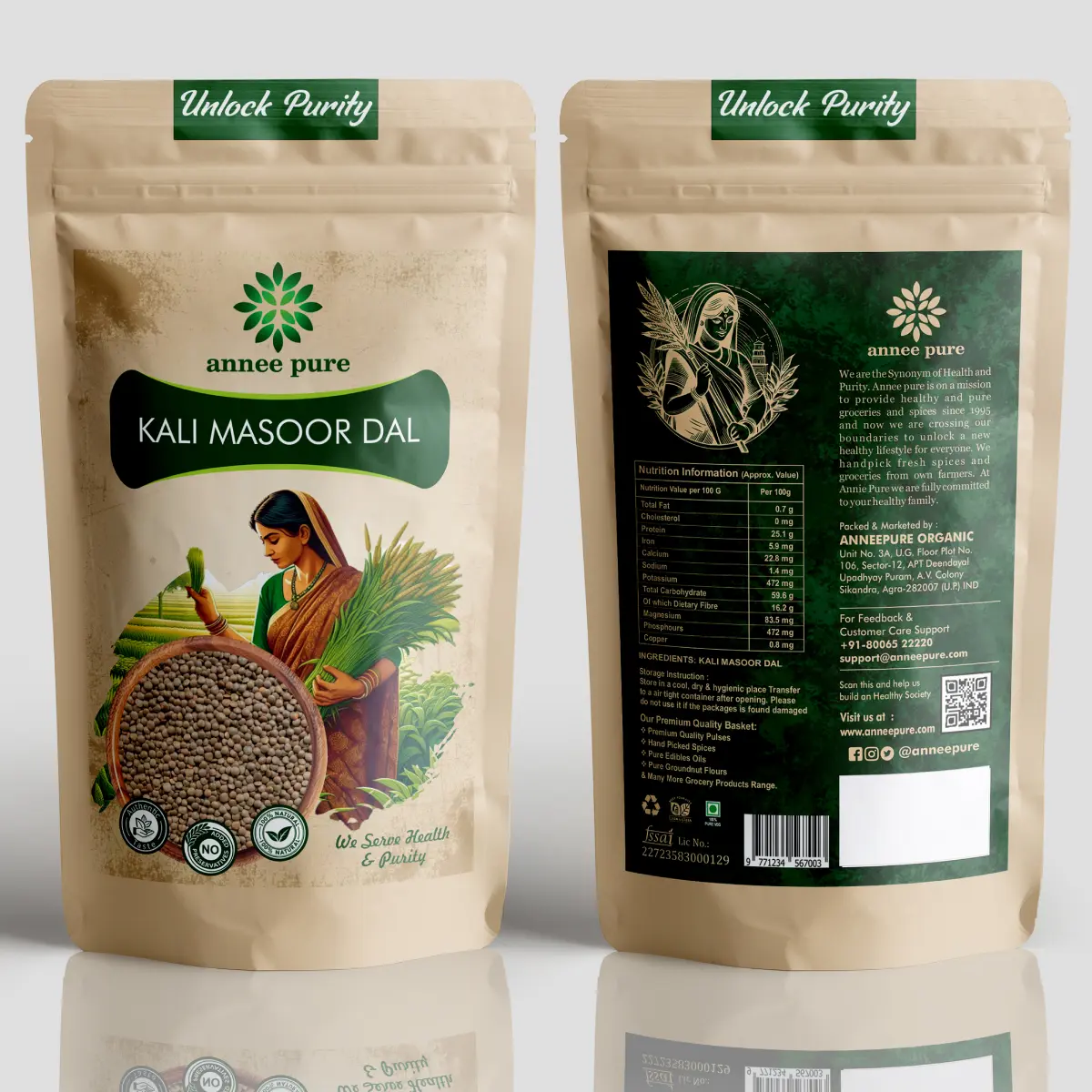
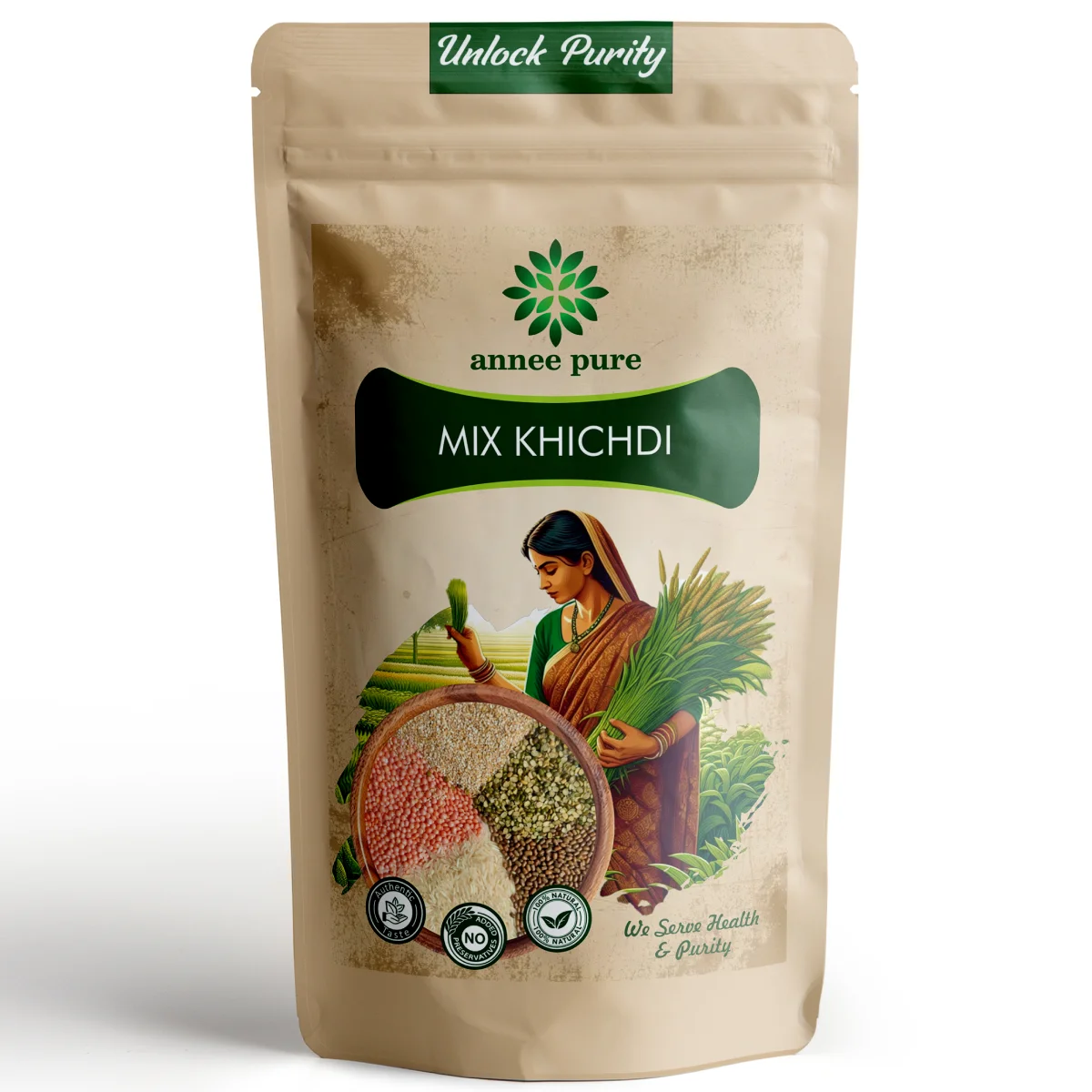
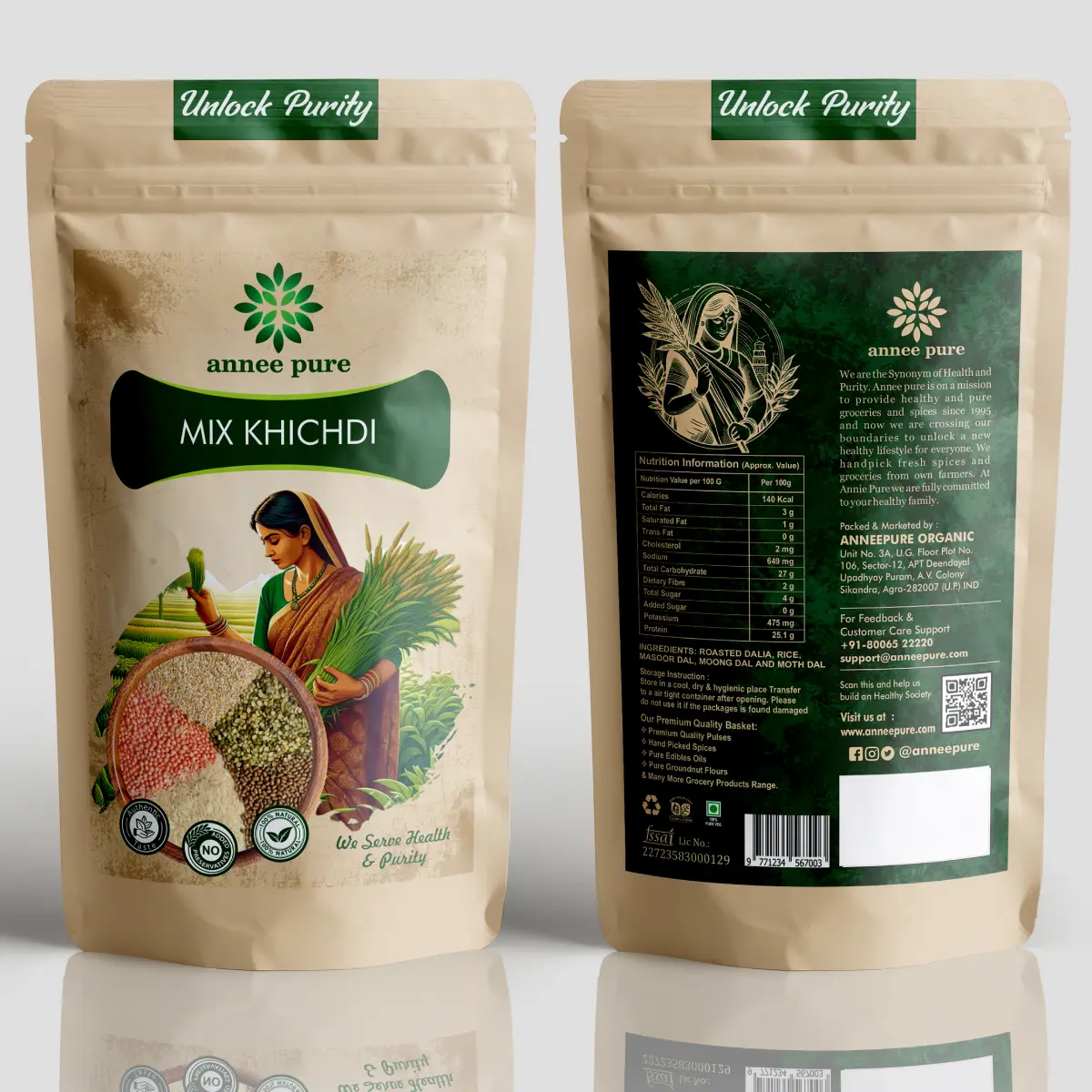

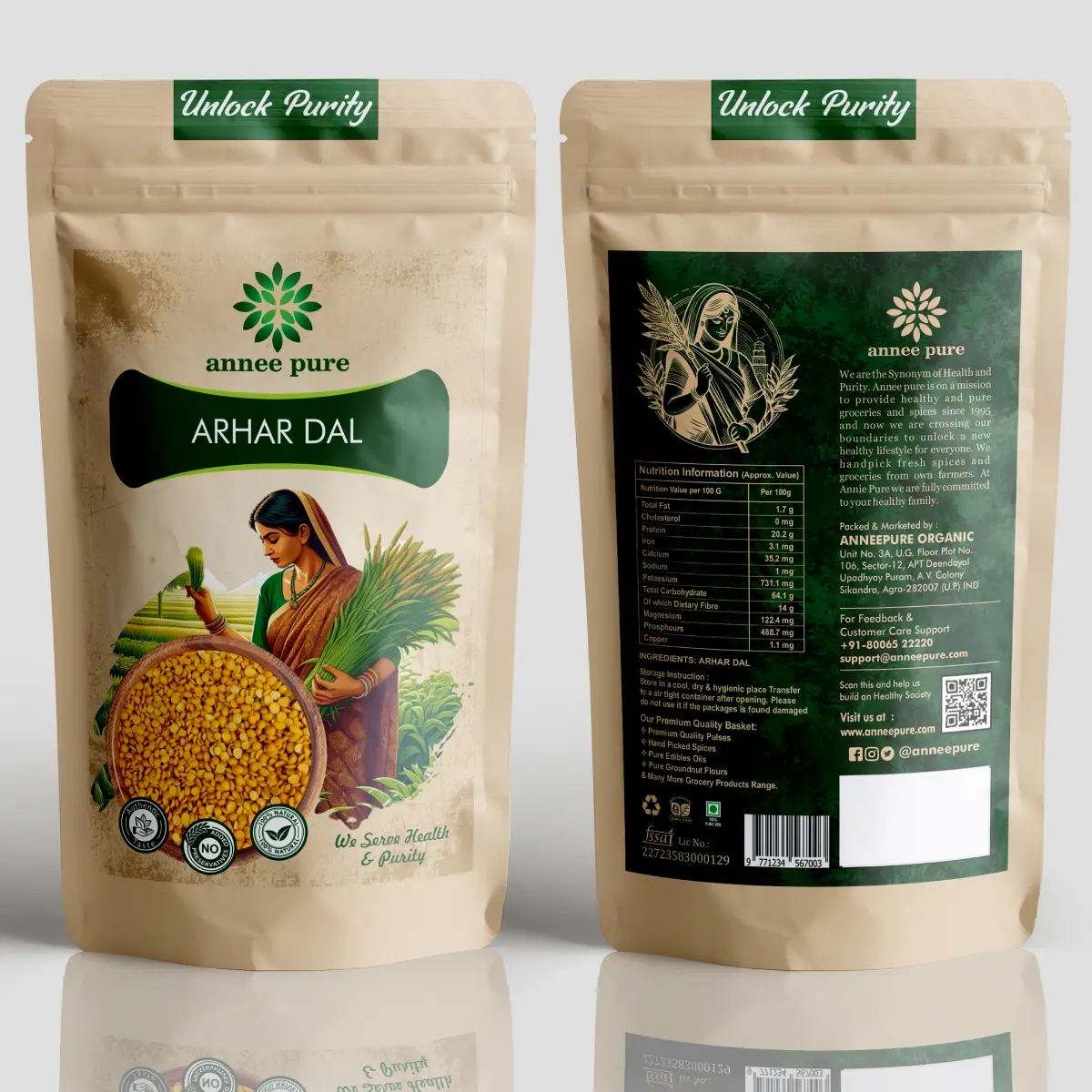
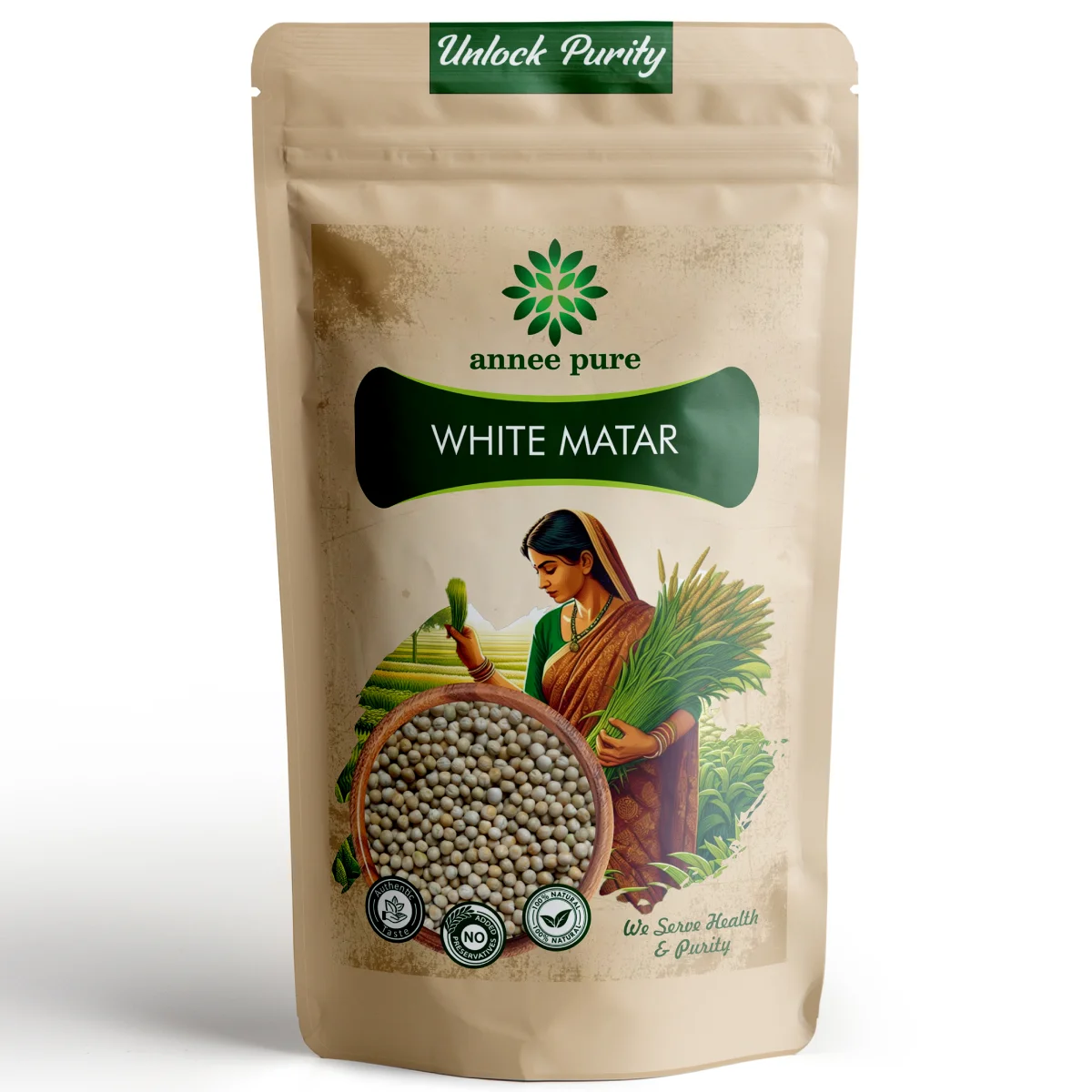
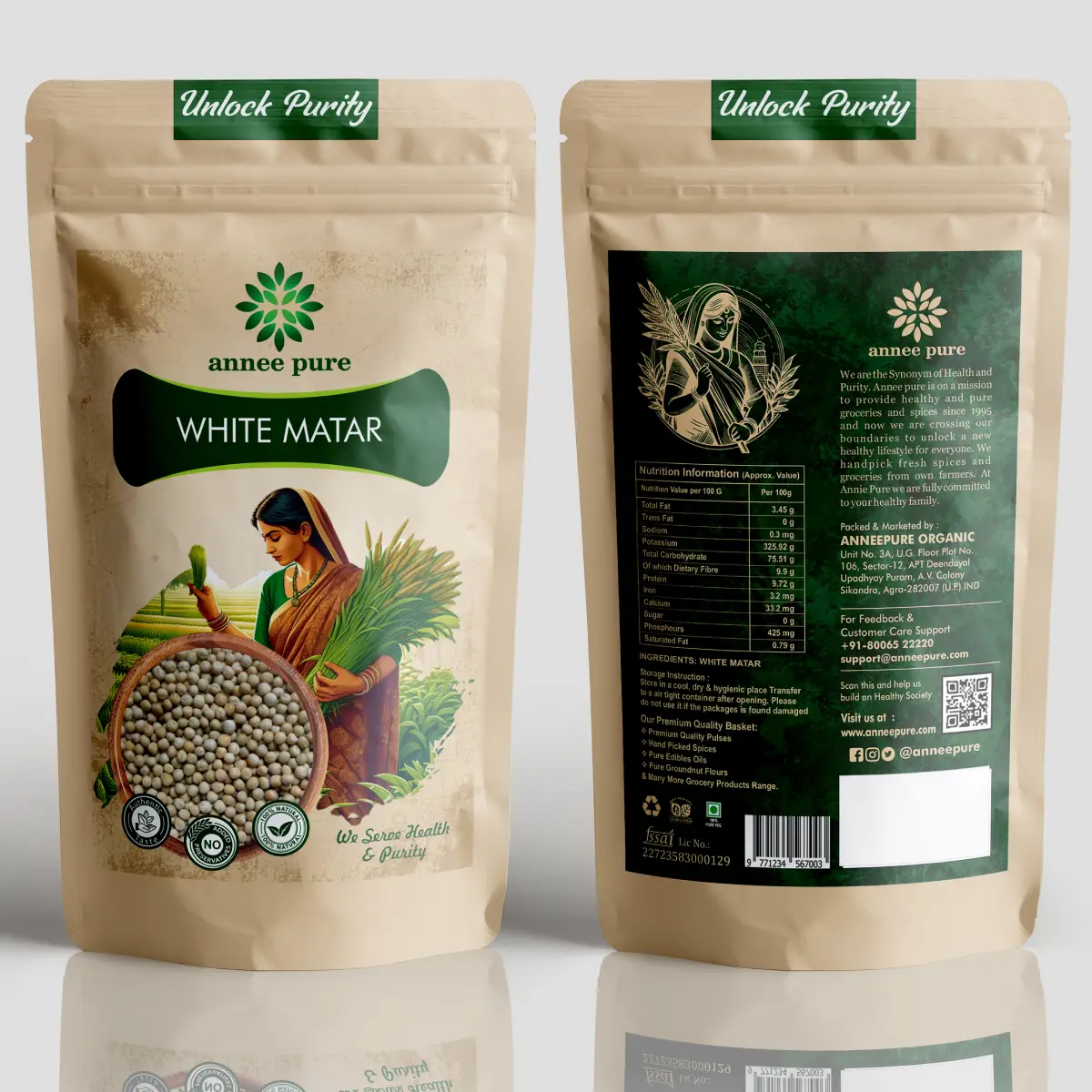
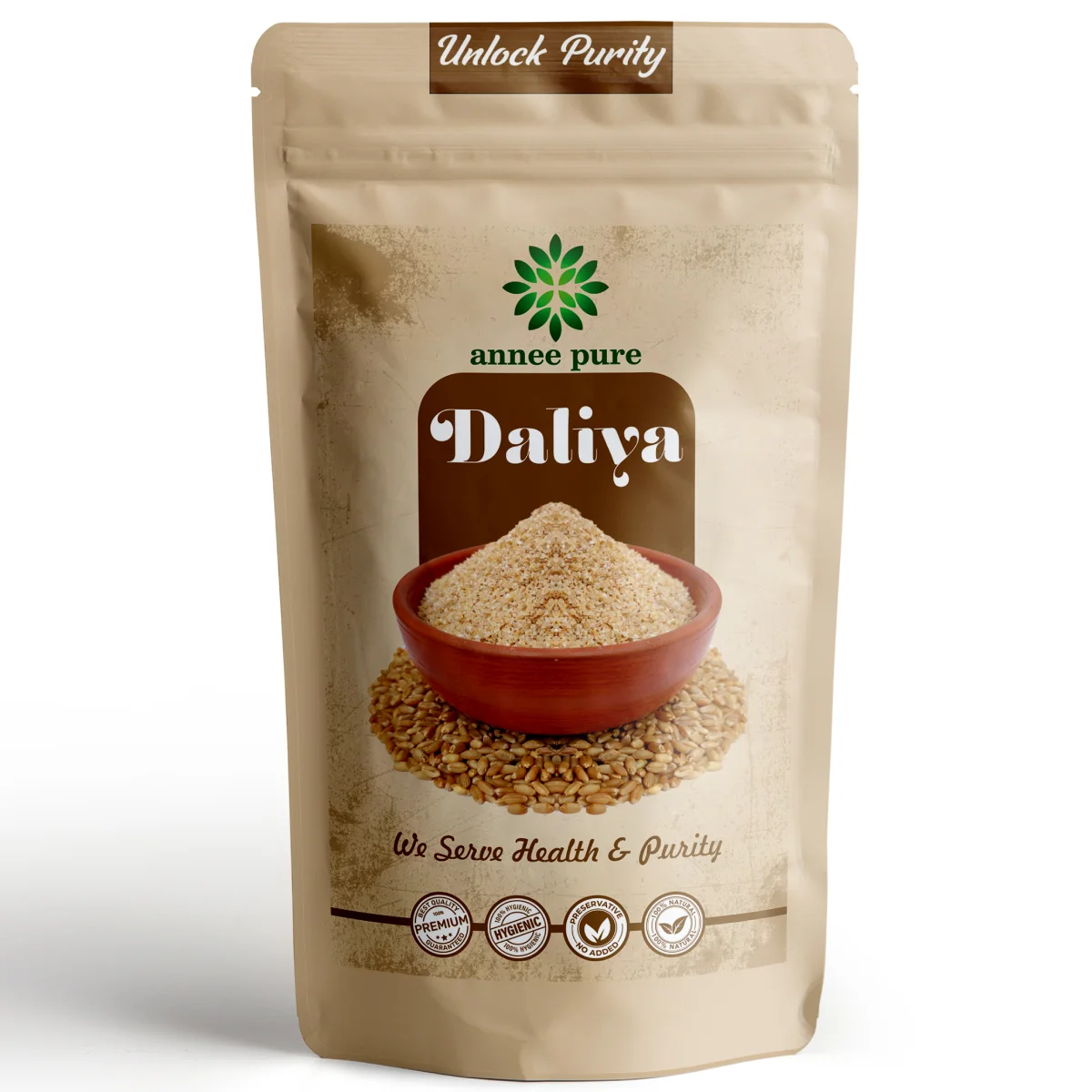
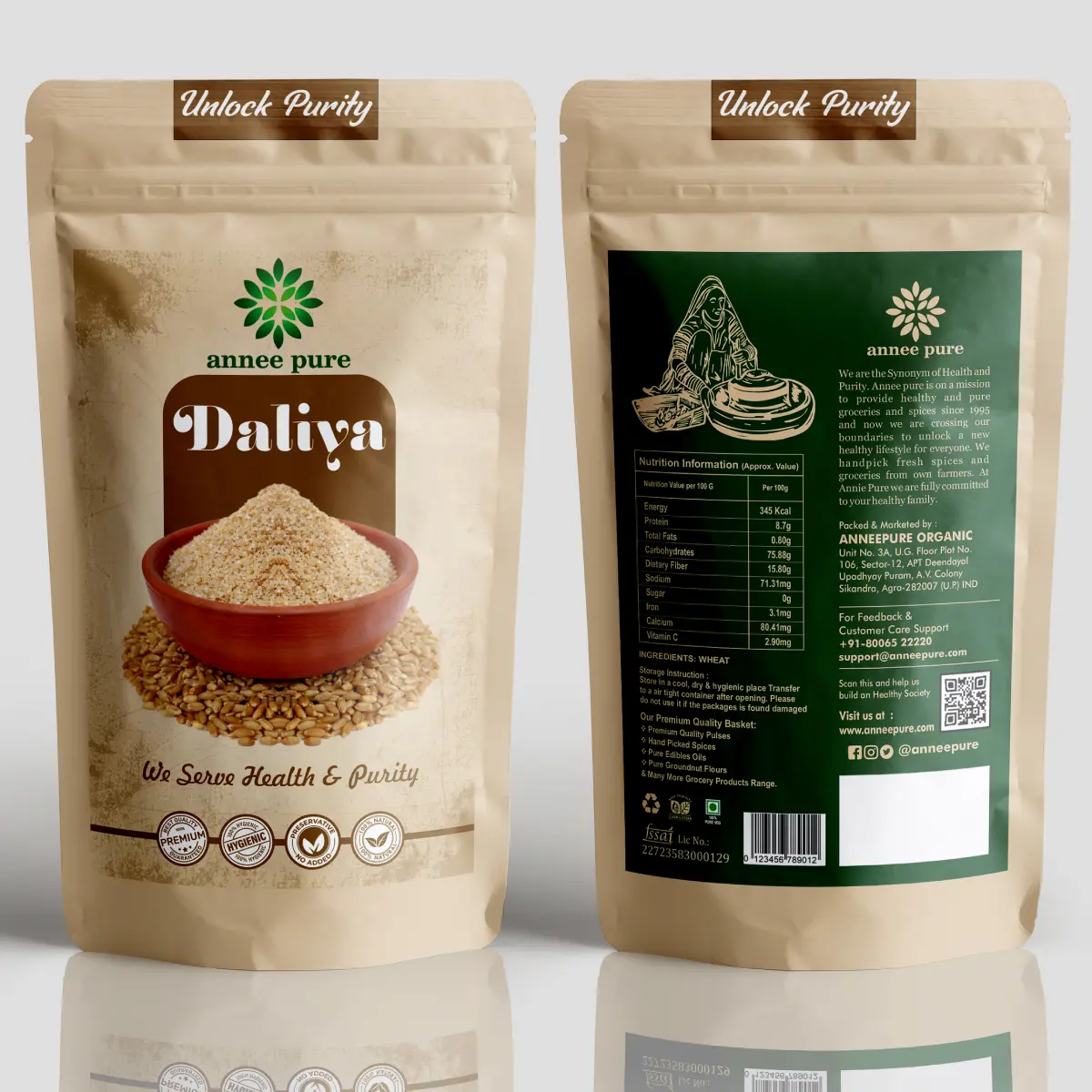
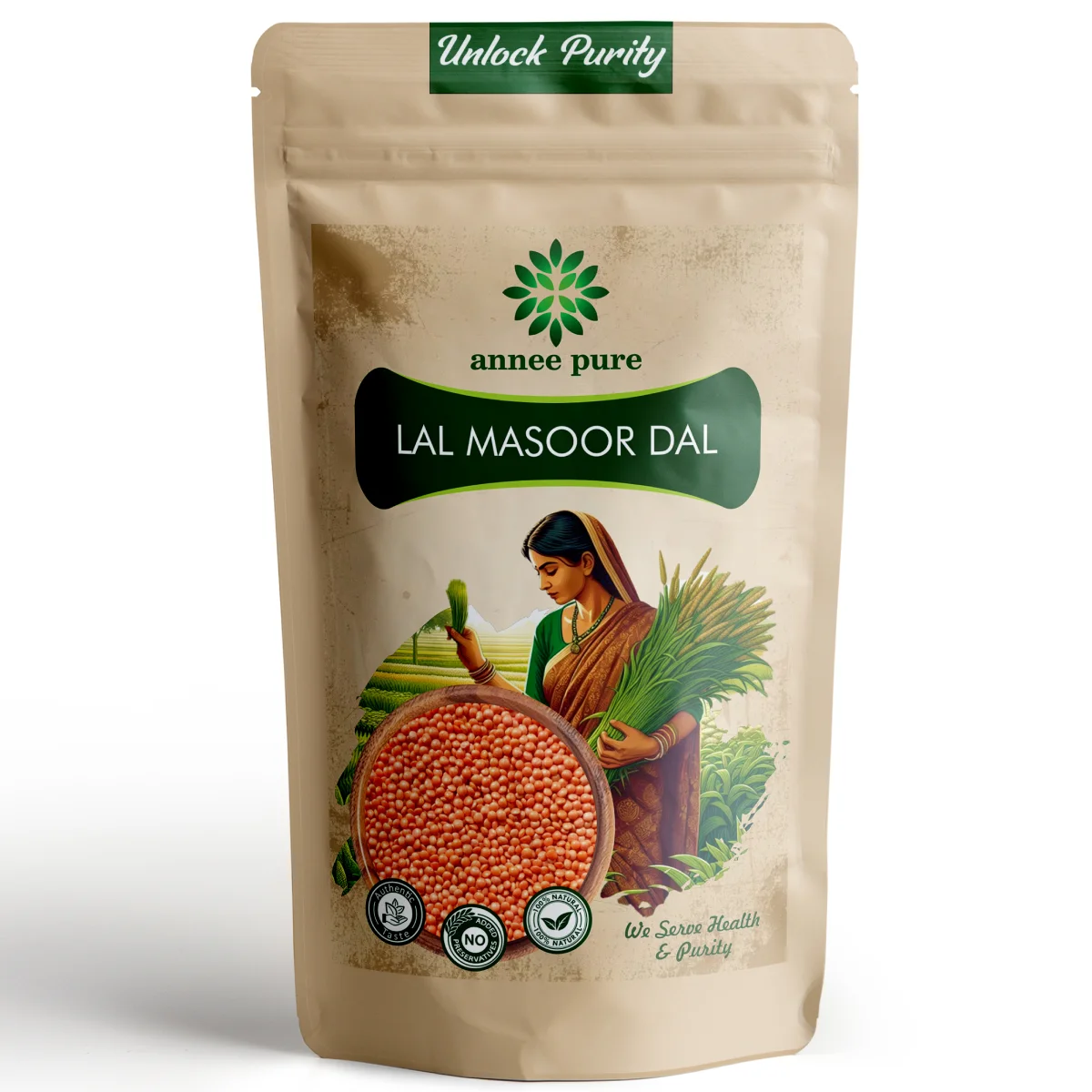
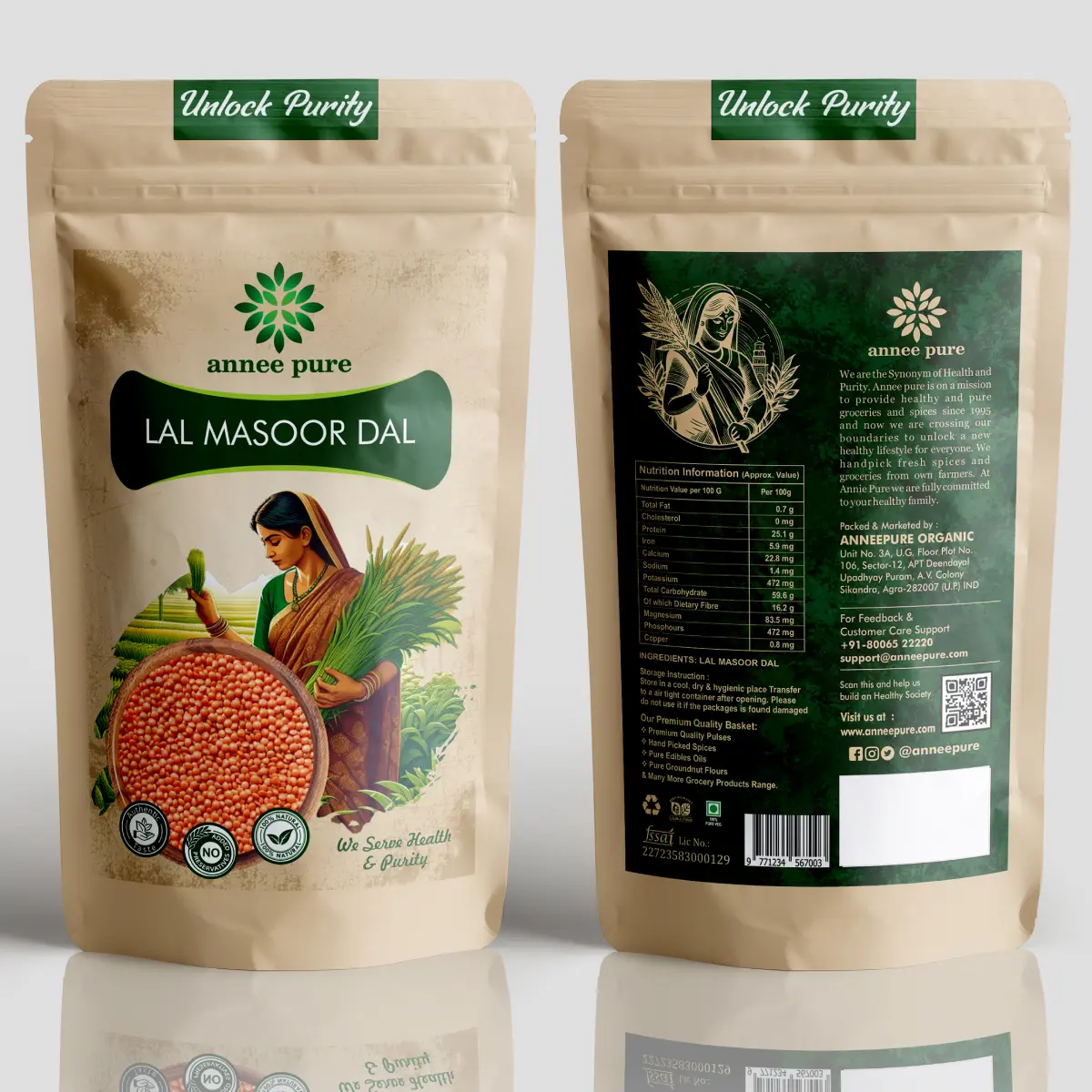
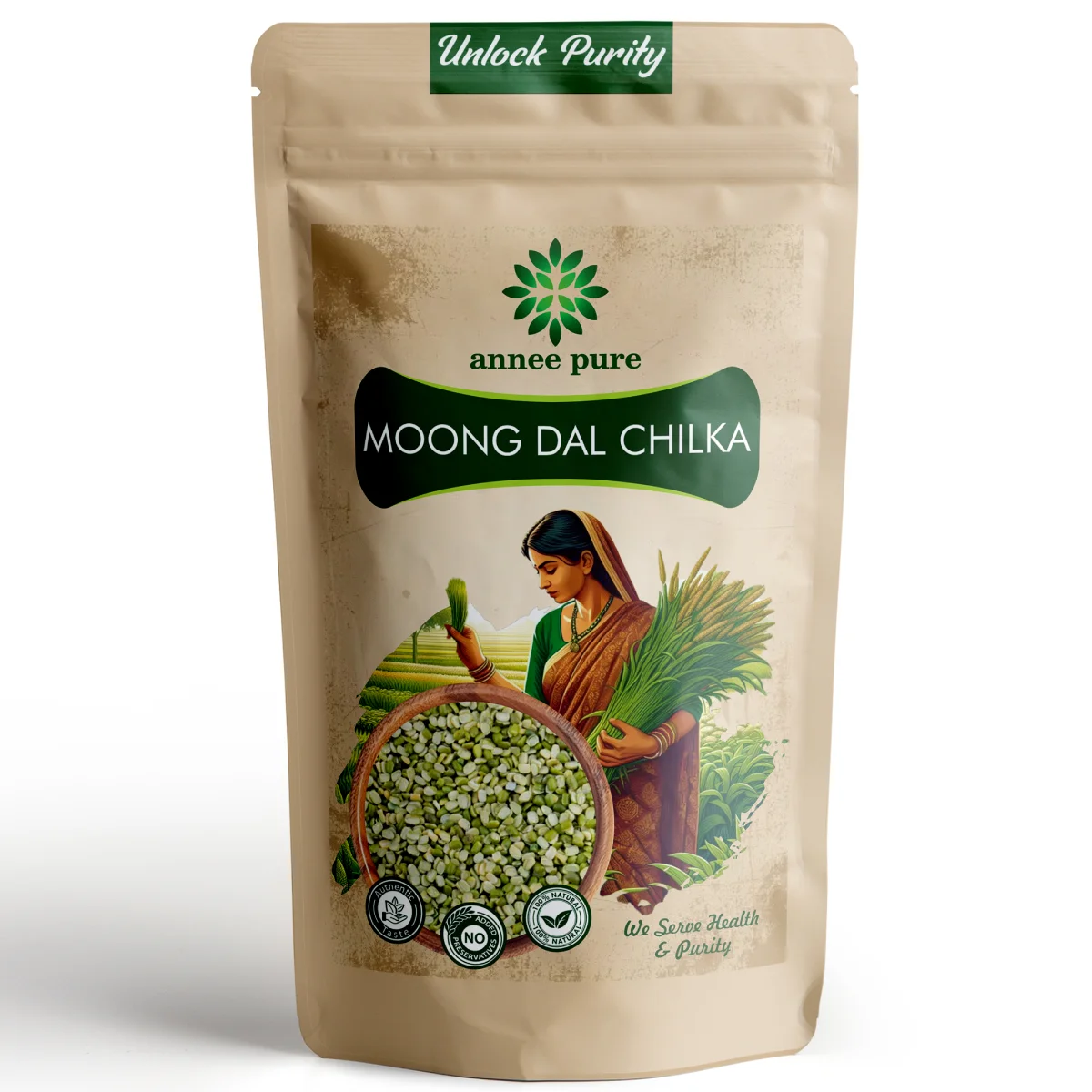


Reviews
There are no reviews yet.